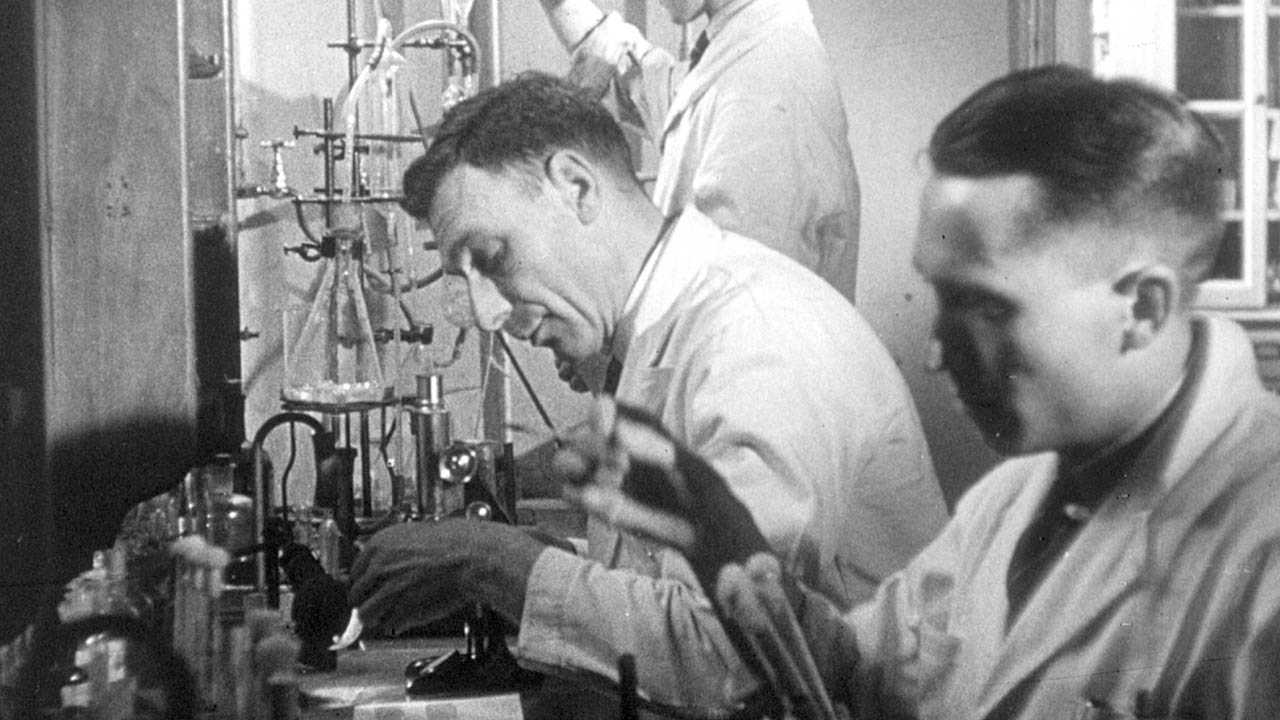DiphtheriaCorynebacterium diphtheriae


Chapter 1Diphtheria in History
1613Spanish Epidemic
1735The Plague Among Children
1826Diphtheria Given Its Name
Diphtheria, which had previously been called by a variety of names, gained its official name from French physician Pierre Bretonneau (1778-1862), who called the disease diphtérite. The origin was the Greek word for “leather” or “hide,” which describes the coating that appears in the throat (that is, the pseudomembrane). Bretonneau also distinguished diphtheria from scarlet fever.
Bretonneau recorded the first successful use of tracheotomy in a case of diphtheria. This procedure, which had been used to treat other conditions, involves cutting an opening in the trachea and inserting a tube through the opening to allow passage of air and removal of secretions. Bretonneau had attempted the procedure several times before, but the patients died. Later, another French physician, Armand Trousseau (1801-1867), showed a survival rate of about 25% in the tracheotomies he performed on diphtheria sufferers.
1883Bacterium Identified
1888Roux and Yersin Investigate the Diphtheria Bacterium
Chapter 2First Attempts at Diphtheria Vaccine
1890Antitoxin and Serum Therapy
December 4, 1894New York City Regulates Antitoxin
The New York City Board of Health told the Health Department to devise a plan to ensure the purity and potency of diphtheria antitoxins sold in the city. At this point, most of the antitoxin came from two suppliers in Germany.
1901Antitoxin Contamination
1905Serum Sickness Described
1906Lederle Produces Antitoxin
Chapter 3A Diphtheria Vaccine Breakthrough
1914Park's Breakthrough
1921Park's Diphtheria Campaign
1926The Metropolitan Life Diphtheria Campaign
Metropolitan Life, the insurance company, launched an anti-diphtheria campaign in New York. It donated $15,000 to the effort.
Louis Dublin, a Met Life statistician, estimated that childhood illnesses, including diphtheria, cost the American economy about $200,000,000 a year in lost parental wages and medical care.
Met Life used door-to-door polling, radio and print advertisements, essay contests, parades, and more to spread the immunization message.
1943War Breeds Outbreaks
1954Adult Immunization Changed
Chapter 4The Modern Diphtheria Vaccine
1974WHO Advocates DTP
1994Diphtheria in the Russian Federation
2009Diphtheria: No U.S. Cases for Five Years
Respiratory diphtheria has almost disappeared in the United States. Since 2004, the CDC has recorded no cases of respiratory diphtheria in the United States.
In fewer than 75 years, diphtheria, which was once the leading cause of premature death of children, was virtually eliminated in the United States.